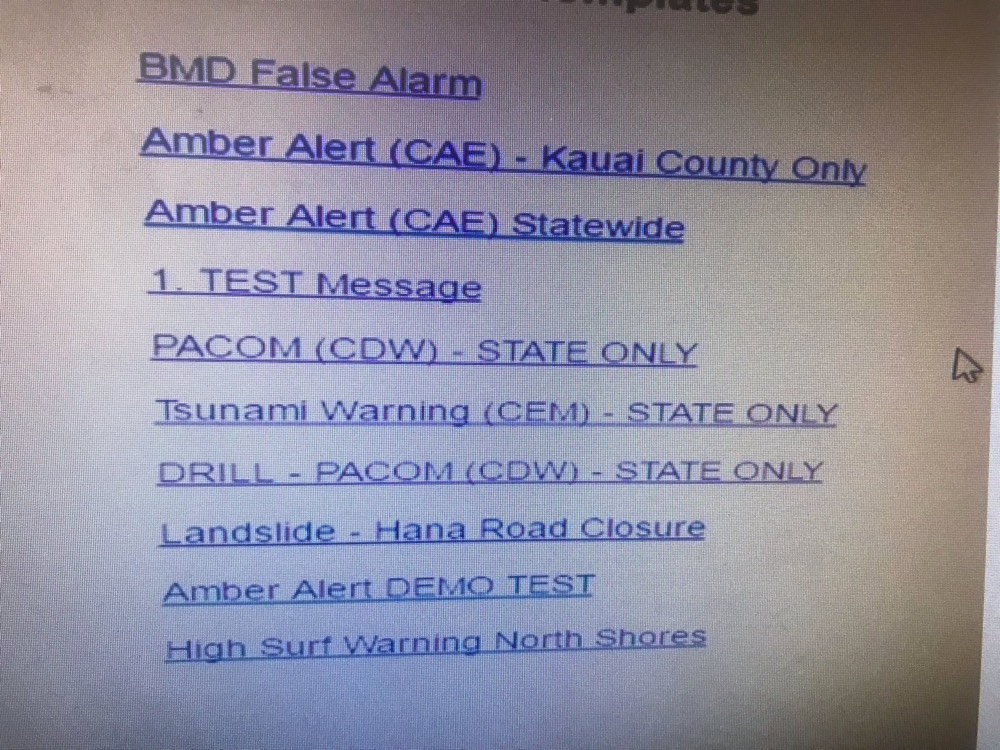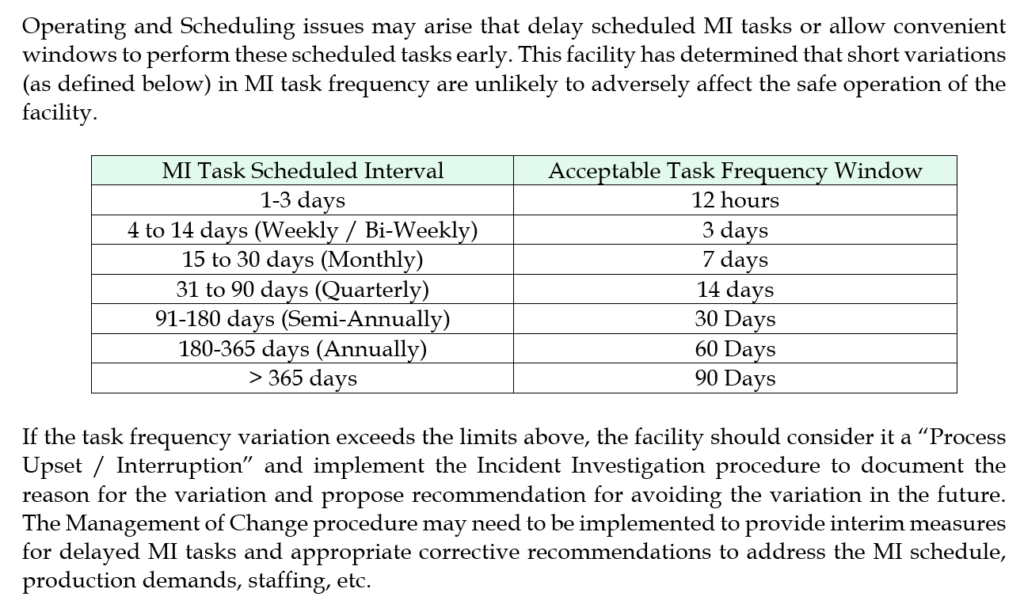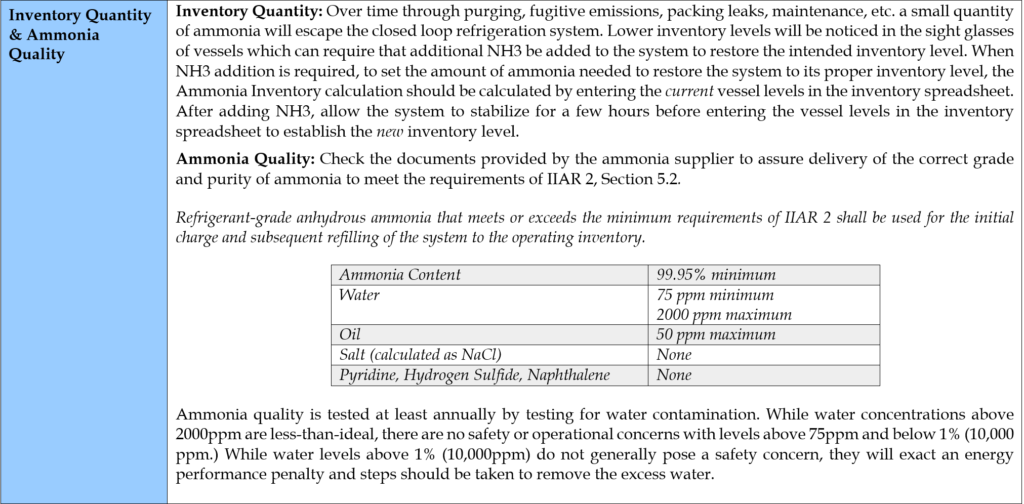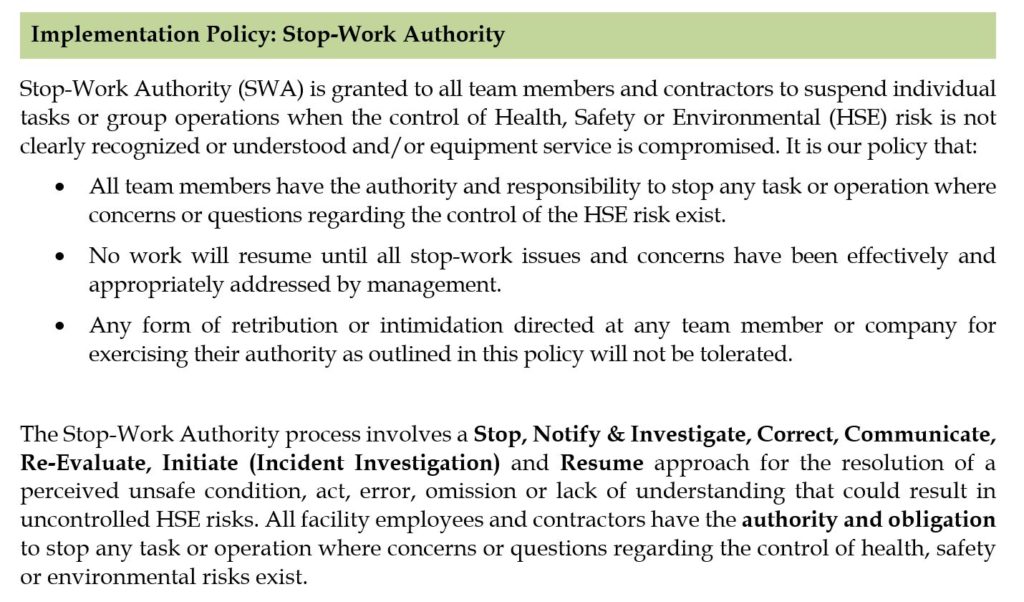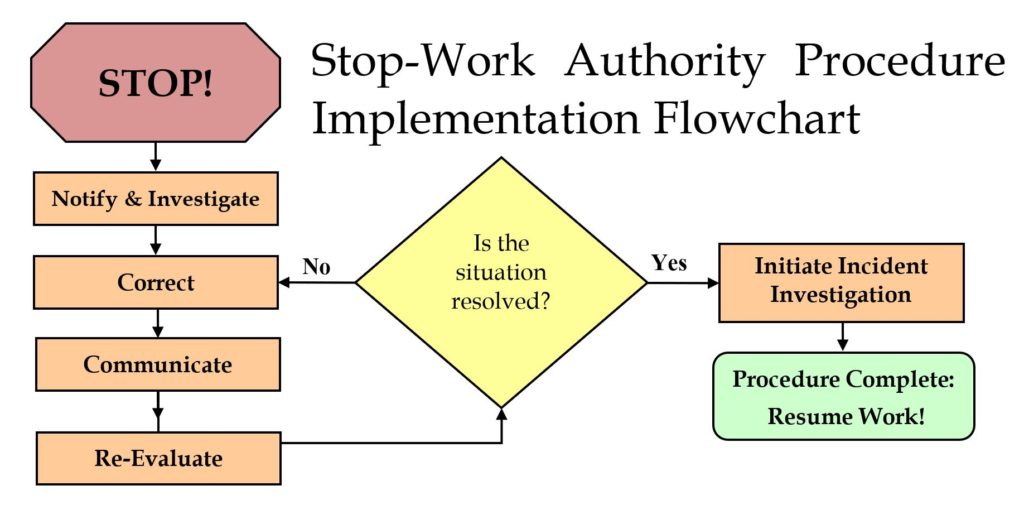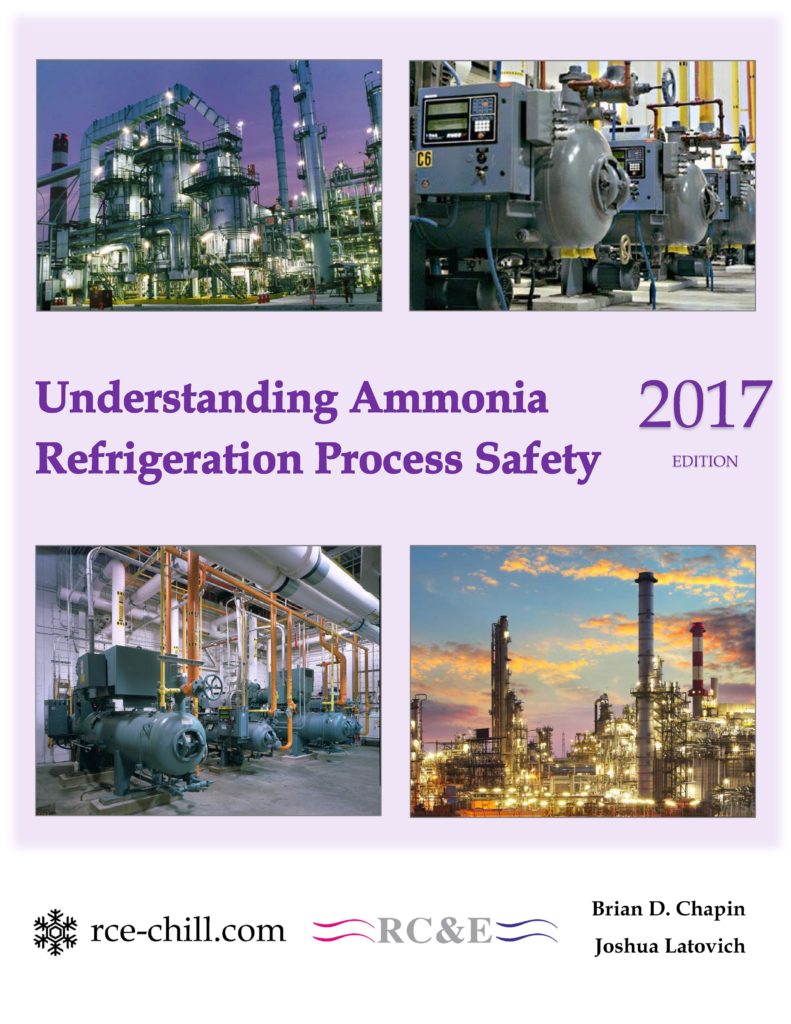IIAR has just announced that two standard’s revisions are available for public review and comment: IIAR 6 & IIAR 7.
IIAR 6 is a new standard. In our opinion, it is going to be the largest change to NH3 Refrigeration practices since the advent of the PSM/RMP rules. Among other things, it is meant to replace IIAR Bulletin 109 (IIAR Minimum Safety Criteria for a Safe Ammonia Refrigeration System) and IIAR Bulletin 110 (Guidelines for: Start-Up, Inspection and Maintenance of Ammonia Mechanical Refrigerating Systems)
Here is some info from the IIAR:
IIAR 6 (Maintenance) Public Review #2
A second (2nd) public review of draft standard BSR/IIAR 6-201x, Standard for Inspection, Testing, and Maintenance of Closed-Circuit Ammonia Refrigeration Systems is now open. The International Institute of Ammonia Refrigeration (IIAR) invites you to make comments on the draft standard. Substantive changes resulting from this public review will also be provided for comment in a future public review if necessary.
BSR/IIAR 6-201x, specifies the minimum requirements for inspection, testing, and maintenance applicable to stationary closed-circuit ammonia refrigeration systems. It presupposes that the persons who use the document have a working knowledge of the functionality of ammonia refrigeration system(s) and basic ammonia refrigeration practices and principles. This standard is intended for those who inspect, test, and maintain stationary closed-circuit ammonia refrigeration systems. This standard shall apply only to stationary closed-circuit refrigeration systems utilizing ammonia as the refrigerant. It supplements existing general refrigeration standards issued by IIAR and other organizations such as ASHRAE, ASME, and ANSI. It is not intended to supplant existing safety codes (e.g., model mechanical or fire codes).
IIAR has designated the draft standard as BSR/IIAR 6-201x. Upon approval by the ANSI Board of Standards Review, the standard will receive a different name that reflects this approval date.
We invite you to participate in the second (2nd) public review of BSR/IIAR 6-201x. IIAR will use the American National Standards Institute (ANSI) procedures to develop evidence of consensus among affected parties. ANSI’s role in the revision process is to establish and enforce standards of openness, balance, due process and harmonization with other American and International Standards. IIAR is the ANSI-accredited standards developer for BSR/IIAR 6-201x and is responsible for the technical content of the standard.
This site includes links to the following attachments:
- Background information on BSR/IIAR 6-201x,
- Public Review Announcement,
- Public Review Draft,
- On-line Comment Form for BSR/IIAR 6-201x
The 45-day public review period will be from March 2nd, 2018 through April 16th, 2018. Comments are due no later than 5:00 pm Eastern Standard Time (EST) on April 16th, 2018.
Note: The changes in IIAR 6 PR2 are fairly large and will require you to review your MI program for compliance.
.
IIAR 7 has been around for a while. Early last year we made some significant changes to our templates to be compliant with its unique requirements.
IIAR 7 (Operating Procedures) Public Review #2
A second (2nd) public review of draft standard BSR/IIAR 7-201x, Developing Operating Procedures for Closed-Circuit Ammonia Refrigeration Systems is now open which presents substantive changes only that were received and approved during the standard’s first (1st) public review and comment response resolutions. The International Institute of Ammonia Refrigeration (IIAR) invites you to make comments on the draft standard. Substantive changes resulting from this public review will also be provided for comment in a future public review if necessary.
BSR/IIAR 7-201x, defines the minimum requirements for developing operating procedures applicable to closed-circuit ammonia refrigeration systems. It presupposes that the persons who use the document have a working knowledge of the functionality of an ammonia refrigeration system(s) and basic ammonia refrigeration practices and principles. This standard is intended for those who develop, define, or review operating procedures, or a combination thereof, for closed-circuit ammonia refrigeration systems. This standard shall apply only to stationary closed-circuit refrigeration systems utilizing ammonia as the refrigerant. It supplements existing general refrigeration standards issued by IIAR and other organizations such as ASHRAE, ASME, and ANSI. It is not intended to supplant existing safety codes (e.g., model mechanical or fire codes).
IIAR has designated the draft standard as BSR/IIAR 7-201x. Upon approval by the ANSI Board of Standards Review, the standard will receive a different name that reflects this approval date.
We invite you to participate in the second (2nd) public review of BSR/IIAR 7-201x. IIAR will use the American National Standards Institute (ANSI) procedures to develop evidence of consensus among affected parties. ANSI’s role in the revision process is to establish and enforce standards of openness, balance, due process, and harmonization with other American and International Standards. IIAR is the ANSI-accredited standards developer for BSR/IIAR 7-201x and is responsible for the technical content of the standard.
This site includes links to the following attachments:
- Background information on BSR/IIAR 7-201x,
- Public Review Announcement,
- Public Review Draft,
- On-line Comment Form for BSR/IIAR 7-201x
The 30-day public review period will be from March 2nd, 2018 through April 1st, 2018. Comments are due no later than 5:00 p.m. Eastern Standard Time (EST) on April 1st, 2018.
Note: The changes in IIAR 7 PR2 are fairly minor and are unlikely to substantially affect your SOPs if you are already compliant with IIAR 7-2013.
